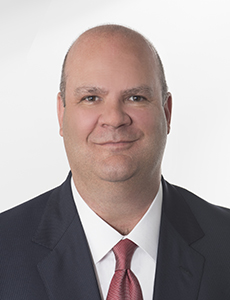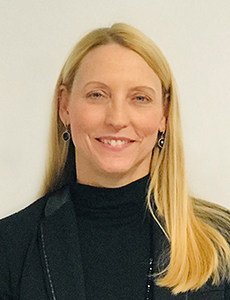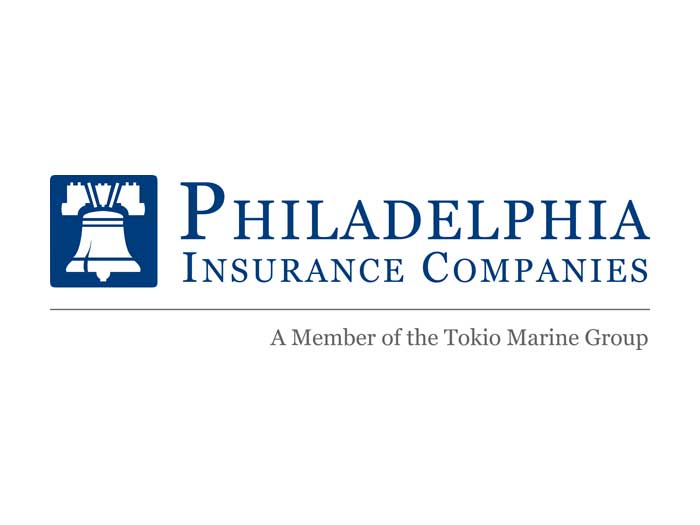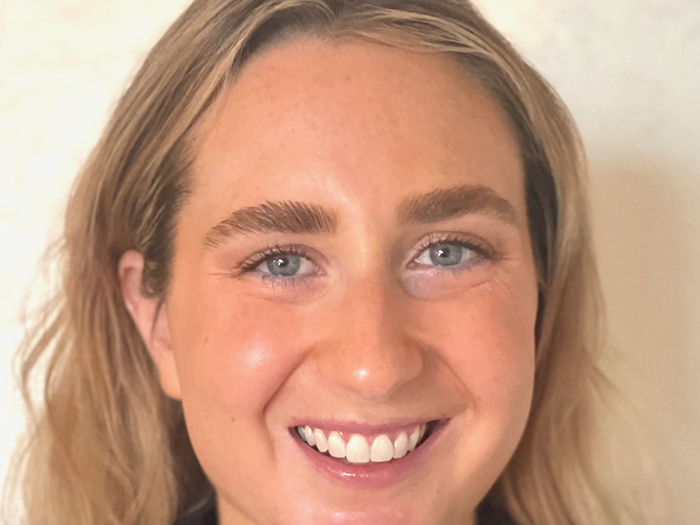Sponsored Content by QBE
Solving the Complicated Risks of Mid-Sized Financial Institutions

No matter their size, financial institutions are characterized by complex risk portfolios. Real estate funds will have a litany of property exposures. A venture capital firm investing in startups may have unique technology risks. Banks are subject to intense regulatory scrutiny and are frequent targets of cyber attacks. All of these institutions are highly exposed to professional liability risks.
And yet, many mid-sized financial institutions lack the risk management resources necessary to manage these exposures.
“Institutions in the middle market space often face risks just as complex as the large financial organizations, but they don’t always have robust risk management departments,” said John Burkhart, SVP, Head of Professional Lines and Industry Verticals, QBE North America. “As a result, they get less specialized attention from the insurance market than they deserve, even though they could benefit the most.
“That’s why we are looking to serve this tier with an integrated model that will address every aspect of their risk management needs.”
The term “integrated” has become an insurance industry buzzword, although it means different things to different companies.
Some carriers use “integrated” to dress up what is simply cross-selling. “Some think of integration as finding opportunities for separate business units to sell their products together to the same client,” Burkhart said. “But that doesn’t allow for synergy of services. To QBE, to be “integrated” means to have a dedicated business unit that can manage risk more effectively and deliver an end-to-end solution.”
Meaningful risk management integration applies through the entire insurer-insured relationship from underwriting to loss control to claims management. These four attributes demonstrate this approach to integration and how it can help mid-sized financial institutions solve risk management challenges:
1. Underwriting and claims coordination ensures policies respond as they should.

John Burkhart, SVP, Head of Professional Lines and Industry Verticals, QBE North America
When underwriters and claims professionals share the same interpretation of policy wording, it delivers a smoother client experience when a claim does happen.
“Integrated specialization at QBE means one leader, one team and a single accountability around solving customer problems, backed up by expert claims professionals. Our approach eliminates silos and the inherent disconnect from the customer that those silos create,” said Stacey Meade, SVP, Head of Financial Institutions, QBE North America.
Claims professionals are in the room when underwriters are crafting new solutions, ensuring that there is no gap between the underwriter’s vision and the claim manager’s understanding of what’s covered. Because the value of an insurance policy is delivered in the claims experience, the input of claims professionals during the underwriting process helps to proactively shape that experience.
“Our claims professionals can explain how a claim would move through a client’s organization under different policy constructs. The ease of the claims process is not just about breadth of coverage, but how well that coverage is applied to an organization,” Meade said.
That insight is crucial for financial institutions who lack internal insurance expertise and who may benefit from additional education around the way coverage can be applied in different scenarios.
2. A single point of contact simplifies every communication.

Stacey Meade, SVP, Head of Financial Institutions, QBE North America
Seamless cooperation between underwriting and claims also enables clients to have a single point of contact. Questions get answered faster, and the answers are consistent.
On the underwriting side, there are no silos pigeonholing experts into buckets of professional liability, property, cyber, etc. When a customer wants to know how one exposure overlaps with another, and how their policies interact, they do not have to call multiple people to solve the puzzle.
“They don’t need to have four different conversations regarding four different exposures relative to a claim,” Burkhart said. When a claim does inevitably happen, a single claims contact also helps to keep everything on track and minimize the stress that can be inherent in the process.
“Whether it’s a property, auto or D&O claim, they are all shepherded through the organization through one person,” Burkhart said. “Companies in the middle market space unfortunately don’t always get that level of concierge service from their insurer.”
“What QBE is doing is very different than a traditional industry silo approach. They continue to be one of our top partners by offering financial institution products with a deep level of expertise into complex FI businesses and the risks these institutions face.”
— Betsy Spalla, JD, Senior Vice President, Hays Companies
3. Comprehensive loss control services are integral.
When insurers are truly integrated, the loss control services that normally come as a value-add are instead considered a more integral part of the risk management approach. Rather than a separate piece of business, loss control is part of the continuum of the carrier-client relationship.
“The better we get to know a client’s business, the better we are as a partner in terms of identifying and addressing potential problems they could encounter,” Meade said.
“Our claims staff is very experienced, so they’ve seen complex losses before. They understand where tough claims come from, and they want to look for solutions that solve a problem before it manifests,” Burkhart said. Those problems can originate from a number of corners: unsafe driving behaviors; a mismanaged workers’ comp program; a portfolio of properties with unaccounted flood exposure. The list goes on.
“Providing risk assessment tools, educational services and a full suite of loss control resources is another step in the problem-solving process,” Meade said.
“Our goal is to not just be an insurance provider, but an extension of the risk management department.”
4. Bespoke solutions demonstrate integration at the client level.
Acting as an extension of a client’s team means taking the initiative to solve a problem on their behalf, without waiting to be asked to do so. Leveraging industry-specific expertise to build custom solutions is an example of superior client-level integration.
When one real estate investment company was looking for property coverage, for example, it was turned down by nearly every carrier that its broker reached out to. This was likely due to the underwriters looking at the submissions were more junior — as is often the case with smaller accounts — who felt the exposures that were involved were too complex for them to handle.
“Our underwriter understood the complexity of the risk and knew he could write it, but he understood that there were issues that needed to be addressed first. He called the broker and requested a meeting to review those issues and figure out how to make a policy work for that client,” Meade said. “The result was that the underwriter was able not just to take on the risk, but to craft a proposal that was tailored specifically to that insured.”
“They have a high level of authority. They have a high level of expertise. And they are very comfortable tailoring bespoke solutions as required by the complexities of the market that we’re serving,” Burkhart said of QBE’s financial institutions team of underwriters, whose average tenure is 18 years.
Clients Recognize that Specialized Expertise Makes the Difference
A truly integrated model gives financial institutions access to a complete, end-to-end solution, and it’s predicated on a dedication to specialization. QBE’s Integrated Advantage for Financial Institutions — a new vertical dedicated to this sector — is possible only because of the strength of the bench of both the underwriters and claims professionals.
Rather than specializing in EPL, D&O, property or workers’ comp lines of insurance, they instead have an intimate understanding of the financial institutions sector as a whole, and how all of these pieces fit together. That is what it means to be an integrated specialist insurer, and clients have already recognized the unique advantages of this approach:
“What QBE is doing is very different than a traditional industry silo approach.” said Betsy Spalla, JD, Senior Vice President, Hays Companies. “They continue to be one of our top partners by offering financial institution products with a deep level of expertise into complex FI businesses and the risks these institutions face. Additionally, by giving us access to one team, this will create an all-encompassing solution that we have confidence in because it is led by a dedicated experienced FI leader. We look forward to this vertical creating a seamless experience with underwriting, claims, risk solutions and product and are excited to continue to partner with them to serve our customers.”
To learn more about the QBE Integrated Advantage for Financial Institutions, visit https://www.qbe.com/us/specialty/financialinstitutions.
This article was produced by the R&I Brand Studio, a unit of the advertising department of Risk & Insurance, in collaboration with QBE North America. The editorial staff of Risk & Insurance had no role in its preparation.










